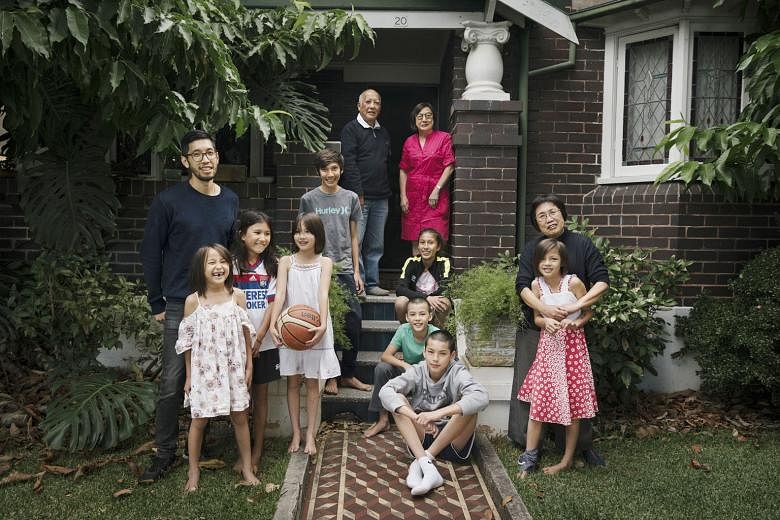SYDNEY • Out of a pile of papers on her dining table, Madam Man-Yee Leanfore, 70, pulled out one: a copy of an old immigration document from 1907.
A young woman in a traditional Chinese dress stared out from the attached photos. Age: 29. Build: Thin. Hair: Dark. Nationality: Chinese.
The document permitted Madam Leanfore's great-grandmother, Yuck Land Hing, to come and go from Australia at a time when the White Australia Policy kept out most Asian immigrants. It was a limited reprieve - a three-year exemption from a dictation test commonly used to exclude non-white immigrants.
"We suffered," Madam Leanfore said as she looked at the photo, recalling the first in a long line of her relatives who emigrated to Australia.
This year commemorates 200 years of Chinese migration to Australia. The anniversary comes at a time when Australia is once again conflicted about its relationship with the region's biggest, most powerful country, and many Chinese Australians are digging into their families' archives to share their history with audiences from both China and Australia.
Chinese-Australian history museums are planning new exhibitions that connect the story of Australia's earliest Chinese immigrants to its newest, and community organisations are hosting regular talks around Chinese figures in Australian history.
Those who are involved say these activities are an effort to define their community on its own terms, separate from debates over the influence of the Chinese Communist Party in Australia.
When gold was discovered in the 1850s, a wave of new migrants from around the world arrived to try their luck, including thousands of Chinese men from Canton, the erstwhile name of China's southern city of Guangzhou.
Out on the gold fields, competition for riches meant tension simmered between European and Chinese miners. Riots broke out; in one instance, a mob of 3,000 European miners burned a Chinese camp.
To discourage immigration, Victorian ports levied a heavy tax on Chinese miners. Race-based policies remained in place until 1973, when the government heralded a policy of multiculturalism. Now, there are about 1.2 million people in Australia with Chinese ancestry.
With the Australian government fending off allegations of political interference from the Chinese government, some worry this ignorance of history will spur an anti-Chinese backlash.
Ms Lowe Kelley said that when she reads news singling out Chinese political donations and investment, she worries that it will filter down. "What happens is it tars the whole of the Chinese community,"she said.
NYTIMES

